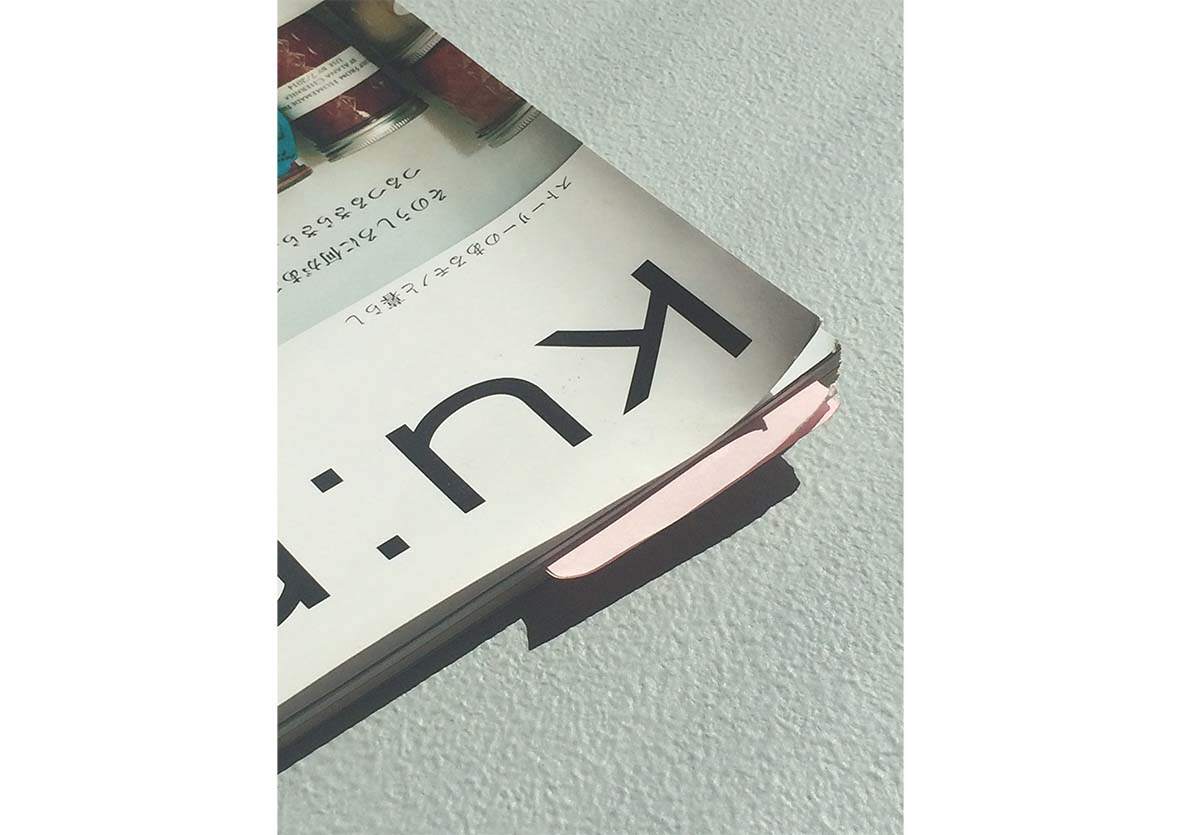Copyright GK Dynamics Inc., All Rights Reserved.

Copyright GK Dynamics Inc., All Rights Reserved.



One day, on my day off, I cleaned my bookshelf at home. As I continued to dust off the books after a long interval, lots of fond memories came flooding back, causing me to pause for a moment to reflect on the past. Those books include a collection of design works that I bought with money I set aside while saving on food; a culture magazine featuring a top talent I admired back then; a mysterious map I happened to find at a flea market overseas; and an academic book I aspired to understand but failed in the end. They reminded me of many things in the past: the thought I harbored in my mind, the town I lived in, and the company I kept. It was as if the books taught me how I had walked the path of my life just like a mirror reflects a full picture of myself. Since I moved around a lot in the past, I had to give away many of my books each time I packed up to leave my place. Then afterward, I felt an urge to have them back with me and ended up buying used copies of the same titles. The books that have remained sitting on my bookshelf might be something like seasoned veterans that have survived the haphazard decisions of their fickle owner.
As I flirted with those ideas, one magazine caught my attention. It was a lifestyle magazine called ku:nel. The cover page of it was tinged with yellow and curled up. Its date of issue showed it was published about 10 years ago, when I stayed in Bangkok as an expatriate. Back then, I used to find solace in knowing what was going on in my home country through books printed in Japan rather than information gathered online. Presumably, I decided to hold on to it because books from Japan were very precious for me living abroad.
Then I noticed a pink sticky note protruding from the magazine. I casually opened the page marked by the note, and there I found color pictures of beautiful scenery. I immediately recognized they were taken in Manazuru Town in Kanagawa Prefecture, eastern Japan. The page also carried a picture of a book called Bi no Kijun, or The Standard of Beauty, which introduces the local government’s guidelines to protect the environment. I remembered this kind of public initiative was very rare at that time in Japan.
Why was I able to recognize those pictures? That’s because I made a business trip to Manazuru Town a few months back for research. I also visited the town office for interview and obtained the book on the beauty standard. When I visited there, I thought the town must be a place unknown to me. But in fact, I was so interested in the town about 10 years ago that I used a sticky note to store it in my memory. I was amazed to know how my previous experience had unconsciously led me to visit the place I once admired.
I had a strange feeling that an old sticky note worked as a time capsule to send a message from my old self to my present self. It was as if I received a revelation from my other self. It might be a testimony to the power of books that transcends time and space. If you try to find your own time-capsule sticky note, you may be able to uncover a hidden message from your old self.
Kentaro Hayase
CMFG Design Dept.
Senior Director